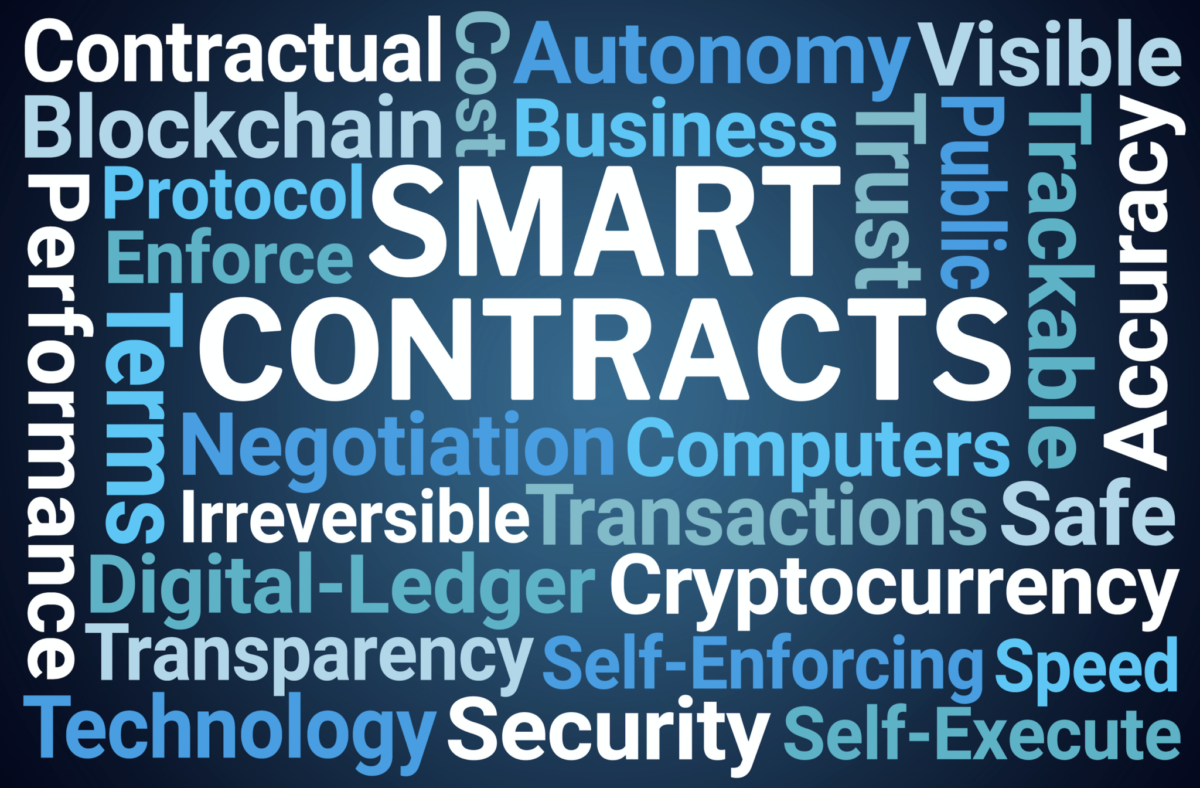
Top finds
- Casino Non AAMS
- Casino Non AAMS
- Casino Sites UK
- Casinos Not On Gamstop
- Non Gamstop Casinos
- Casinos Not On Gamstop
- Casino Not On Gamstop
- UK Online Casinos Not On Gamstop
- Slots Not On Gamstop
- Best Non Gamstop Casinos
- Non Gamstop Casino Sites UK
- Best Online Casino Canada
- Non Gamstop Casino
- Gambling Sites Not On Gamstop
- Sites Not On Gamstop
- Casino Non Aams
- Online Casino Games
- Meilleur Site De Casino En Ligne
- Casino En Ligne France
- Non Gamstop Casino Sites UK
- Best Non Gamstop Casino
- UK Casinos Not On Gamstop
- Casino Non Aams Sicuri
- Non Gamstop Casinos
- Crypto Casinos
- Site Paris Sportif Belgique
- Casino Non Aams Italia
- Poker Online Migliori Siti
- Meilleur Casino En Ligne
- Casino En Ligne
Blockchain Technology is the recent buzzword that has spread like wildfire across all industries; be it financial systems, healthcare or the ICO startups. However, there are specific blockchain key terms which a user needs to know to keep abreast with the Blockchain revolution. As per some estimates, this blockchain revolution can surpass the internet revolution of the 1990s.
Therefore, knowing these key terms them would help a beginner to navigate the often confusing blockchain world.
Below is a list of the most important key terms in an alphabetical order.
Alcoins
The word altcoin emerged from the fusion of key terms, “Bitcoin” and “alternative.” Therefore, it refers to any digital currency other than Bitcoin. However, many traders group Ethereum with Bitcoin, and not altcoins.
All altcoins share the common feature of running on their own native network of the blockchain. Presently, a major number of the altcoins are result from various Bitcoin forks. These altcoins involve minuscule changes in the POW algorithm (Proof-of-Work) of the Bitcoin blockchain. Litecoin is one of the most famous altcoins.
Bitcoin
Bitcoin is the first digital currency running on a decentralized network. This cryptocurrency uses an encryption technique which enables the regulation of the generation of new units of currency.
Bitcoin operates independently, without the control of a central bank or any other monopolistic authority. It is important to note that when spelling it with a capital B, the reference is to a Bitcoin network. When spelled with a lowercase b, it refers to the token bitcoin.
Blocks
Transactions carried out on a blockchain network fill the blocks, i.e, the digitally stored records. As the validation of the transaction occurs, the blocks undergo compilation to permanently form a blockchain. Additionally, these blocks contain a timestamp.
Blockchain
The blockchain acts as a distributed ledger. Essentially, blockchains are public databases, where every user has access to the reading facility. However, there is no centralized server that controls the network information. Instead, the data is present in a copied form across multiple computers all across the world.
Cryptocurrency
Cryptocurrency is one to the key terms that is not necessarily connected to blockchain technology. It is because the blockchain can carry out many different types of transactions that does not involve digital coins. It is part of a digital store with a monetary value that has the primary function of selling and buying goods, services and other tokens like Litecoin and Bitcoin. Cryptography secures these digital coins without the control of a central authority.
Cryptography
One of the essential key terms refer to the ciphers and codes that are used for concealing information. The use of cryptography secures the transaction and the keys on the blockchain.
dApps
dApps include those applications which are present on the decentralized network. They usually make use of smart contracts as the code at the back-end. They are most common on the Ethereum network.
Digital Mining
The process by which new bitcoins make an entry into the market involves digital mining. Specific people called miners make use of powerful computers to validate the necessary transactions.
While creating bitcoins through mining, they also receive payment in the same currency. The process of mining involves a high level of computer processing power.
Distributed Ledger
These involve certain kinds of databases which are distributed across different institutions, countries or sites. One after the other, the storage of records takes place within a continuous ledger. Such a distributed ledger can be either unpermissioned or permissioned. This feature controls the access of the ledger by users.
Ethereum
Ethereum is a decentralized online platform with a blockchain of its own. Its currency, known as Ether, ranks as the second most used digital token after bitcoin.
The Ethereum network offers the facility of developing automated order-executing software known as smart contracts.
Exchanges
One of the crucial key terms refer to the sites or places where the investors and/or traders can sell and buy cryptocurrencies.
Some of the most popular crypto exchanges include Bittrex, Coinbase, Gemini, Kraken, and many more.
Fiat
Unlike cryptocurrencies, which are not under any central authority, the government is responsible for issuing fiat currencies. They face a high level of regulation, both political and legal. Some examples include the US Dollar, the Great British Pound, and the Euro.
Forks
Another one of the key terms refer to forks. A fork is a scenario where the blockchain splits, forming two separate chains. This leads to the generation of an ongoing alternate version of the blockchain. Therefore, two separate blocks are created simultaneously on different sections of the same network.
This phenomenon becomes frequent when the code of the blockchain experiences updated ‘governance rules’. This leads to the generation of two blockchains forming parallel to each other, where only one of them wins. The winning blockchain is the one which the majority of the clients use and follow. Forks further have two categories: soft and hard forks.
Hash
The process of mining involves the identification of blocks that need validation. This process requires the miners to be in possession of a hash, which is the unique identification digital password. Similar to fingerprints, these passwords are impossible to duplicate and are unique.
Whenever a miner discovers a hash, the network automatically updates it in real-time in all of the nodes.
Initial Coin Offering (ICO)
ICOs are key terms in the cryptocurrency space. They are similar to the IPO of the non-crypto world. Simply put, they are a means of financing new companies operating on blockchain technology. Instead of shares, the companies offer tokens to its investors that are used to purchase shares of the blockchain. However, the regulation of ICOs is nothing similar to that of IPOs. Considering the decentralization of the blockchain, no strict regulations govern the trade on this network.
Key
These are the strings of data that acts as a password for encrypting and decrypting the messages and transactions on the blockchain network. Similarly, there are two types of keys; the public key which anyone can use for encrypting messages. The other is the private key that acts as a cryptographic signature enabling the spending of tokens from the private wallet.
Nodes
These include those computers which contain a blockchain copy and work to maintain the blockchain network. In fact, he function of the nodes is storing and distributing the latest transaction copies in the blockchain network. Therefore, updates of transactional information occur in real-time.
Tokens
A token is one of the key terms referring to currencies which are issued in a project. These run on a different blockchain like Waves or Ethereum. Therefore, tokens used in an ICO often represents a resource, utility or an asset value. Some of the most famous tokens include, the ERC 20 (following the Ethereum network protocol), Augur (REP), Golem (GNT), Iconomi (ICN), and many more.
Wallet
Wallets are key terms that denote the bank accounts of the crypto-world. Their function is receiving, storing and sending cryptocurrencies to different users.
There are two types of wallets: the software wallet and hardware wallet. Software wallets are those which users can install on a mobile or computer for storing the private keys. Additionally, hardware wallets involve a safe hardware device enabling offline storage of the private keys.
Conclusion
Blockchain technology is showing rapid growth and adoption. Therefore, it becomes important to know all the above-mentioned key terms to make the most of the blockchain technology.
Want the latest crypto news? Join our Telegram Channel


